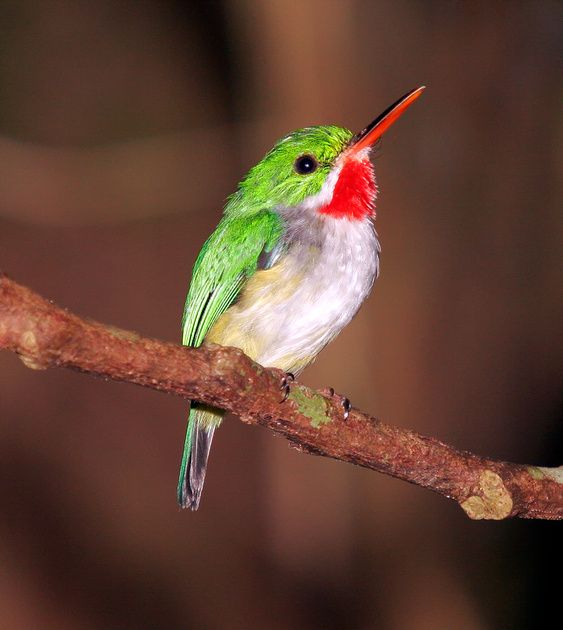The wood stork is a large American wading bird in the family Ciconiidae, the only member of the family to breed in North America. It was formerly called the “wood ibis”, although it is not an ibis. It is found in subtropical and tropical habitats in the Americas, including the Caribbean. Wood Storks are hefty wading birds with football-shaped bodies perched atop long legs. They have a long neck and a long, thick bill that is curved at the tip. They fly with their neck and legs outstretched but tend to perch with the neck drawn in, giving them a humpbacked appearance. It is 40-44 inches in length with a wingspan of five feet. When flying to foraging areas, the wood stork averages a speed of about 24.5 kilometres per hour (15.2 mph). In flapping flight it does 34.5 kilometres per Hour. Wood Storks breed in fresh and brackish forested wetlands. They forage in wetlands, swamps, ponds, and marshes with water depths of around 4–12 inches. They tend to use open wetlands more frequently for foraging than closed canopy wetlands. Wood storks feed on a variety of prey items including fish, frogs, crayfish, large insects, and occasionally small alligators and mice. However, fish make up the bulk of their diet, especially fish ranging in size from 1-6 inches. Predators of the wood stork include raccoons (which predate on chicks), crested caracaras, which prey on eggs, and other birds of prey, which feed on eggs and chicks. Hunting and egg-collecting by humans has been implicated as a factor in the decline of South American wood storks. Wood Storks are usually silent, but nestlings make a ruckus at the breeding colonies. Nestlings make a loud nasal sound, a bit like a braying donkey. Wood Storks make a clattering sound by snapping their bills together during courtship. Here is a link so you can listen to this bird too.
Do wood stork deliver wood to pregnant women?
YES!!!


